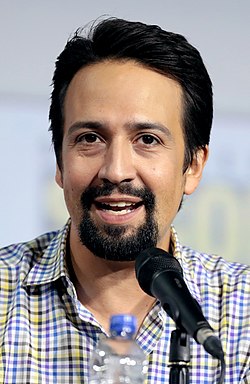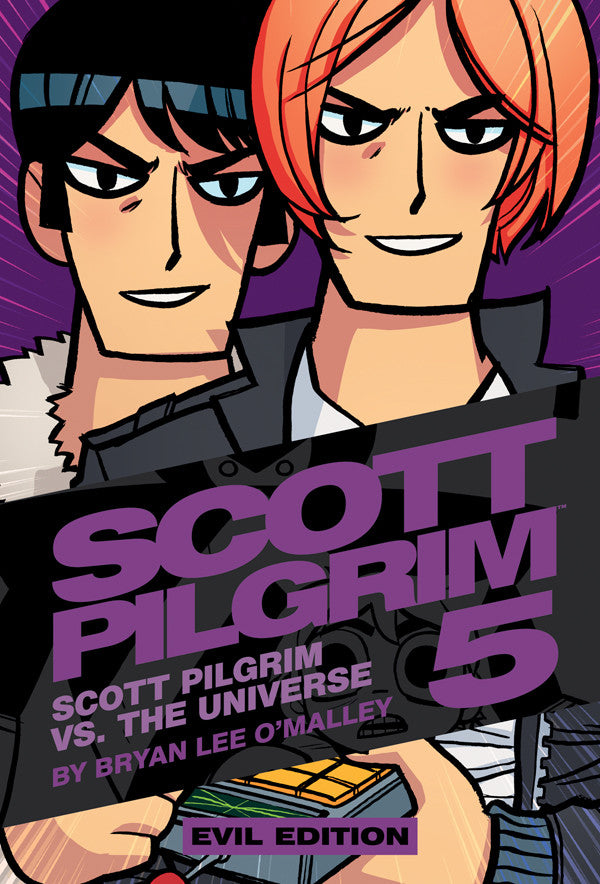
Introduction
Lin-Manuel Miranda has emerged as one of the most influential figures in contemporary theater and music. Best known for his groundbreaking musical, Hamilton, Miranda’s work transcends borders, capturing the essence of American history with a modern twist. His ability to blend hip-hop, R&B, and traditional musical theater elements has not only garnered critical acclaim but also brought diverse audiences to the stage. Miranda’s contributions are significant not only for their artistic value but also for their representation of culture and history in the arts.
Life and Early Career
Born on January 16, 1980, in New York City to Puerto Rican parents, Miranda was introduced to music and theater at an early age. He attended Wesleyan University, where he began to cultivate his love for musical theater. His first musical, In the Heights, premiered off-Broadway in 2007 and received a Tony Award for Best Musical, establishing Miranda’s reputation as a talented composer and lyricist.
Hamilton and Cultural Impact
The release of Hamilton in 2015 revolutionized not only Broadway but the entire landscape of musical theater. It tells the story of Alexander Hamilton, one of the Founding Fathers of the United States, using a diverse cast and an innovative score inspired by hip-hop and R&B. The musical became a cultural phenomenon, receiving numerous awards, including 11 Tony Awards and the Pulitzer Prize for Drama. Its storytelling approach, combined with social commentary, has led to widespread discussions about race, identity, and representation in American history.
Recent Projects and Advocacy
Miranda continues to expand his artistic portfolio. He has been involved in various projects, including Disney’s live-action adaptation of Moana and the musical adaptation of the film Tick, Tick… Boom!, which showcases the life of Jonathan Larson. Beyond his work in entertainment, Miranda has been a vocal advocate for various causes, including Puerto Rican relief efforts following Hurricane Maria and educational funding for underprivileged communities.
Conclusion
Lin-Manuel Miranda’s influence extends far beyond the stage. His dedication to storytelling, cultural representation, and social change has inspired new generations of artists and audiences alike. As Miranda continues to create and advocate, his impact on the worlds of music and theater promises to flourish, reminding us of the power of art to affect society. Audiences and fans can expect even more innovative works from him in future, solidifying his legacy as a transformative cultural figure.


